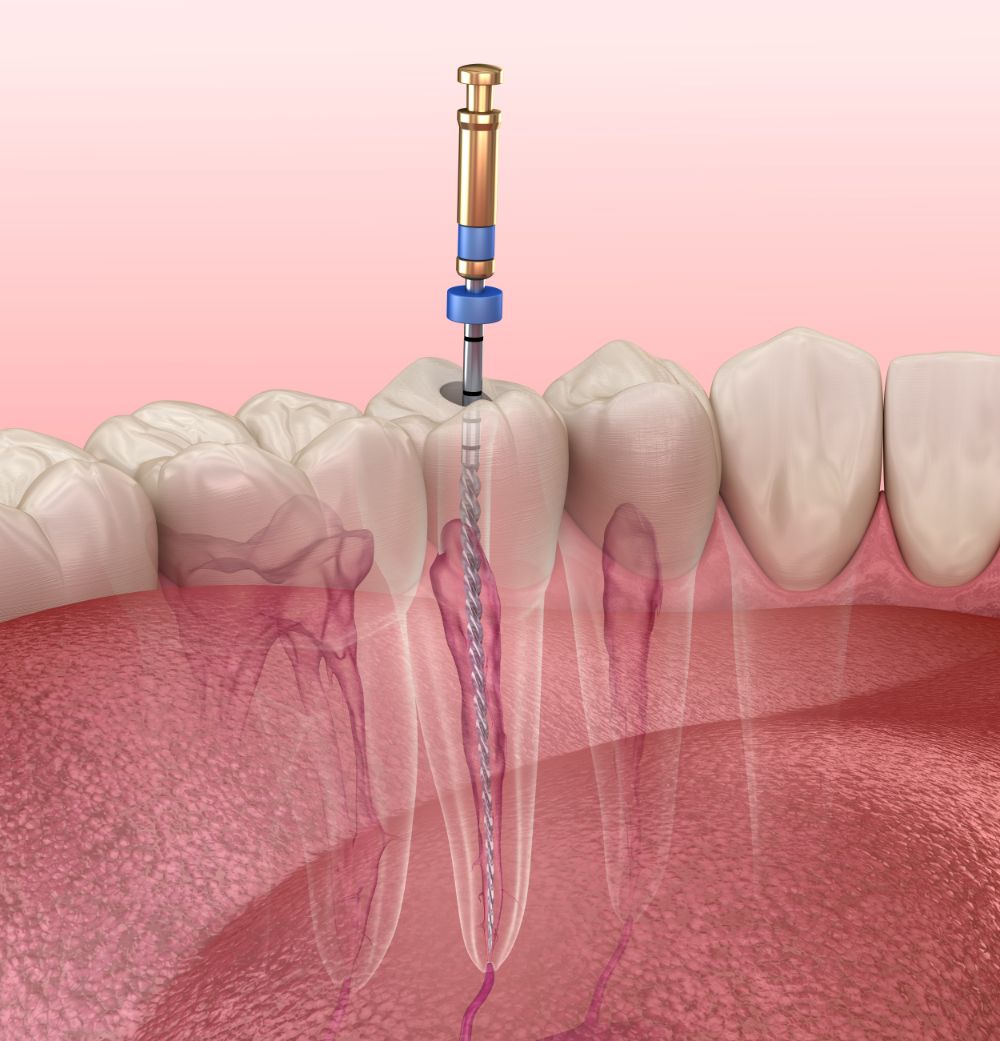One of the most widely misunderstood dental treatments is the root canal procedure. Many associate it with pain and discomfort, but with advancements in modern dentistry, this treatment is typically no more uncomfortable than getting a filling. Understanding the step-by-step process can demystify the procedure and provide peace of mind to those considering it as a solution to their dental woes.
Diagnosis and X-ray
Before initiating the root canal procedure, a dentist conducts a thorough examination of the affected tooth. This involves a visual examination followed by an X-ray to get a clearer view of the tooth’s root canals and to detect any signs of infection in the surrounding bone.
Local Anesthesia
To ensure that the patient feels no pain during the procedure, a local anesthetic is administered to numb the affected tooth and surrounding area. After the anesthesia takes effect, the patient typically only feels a slight pressure but no discomfort.
Tooth Isolation
Once the tooth is numb, the dentist places a rubber dam around the tooth. This isolation technique ensures that the tooth remains dry and free of saliva during the procedure, maintaining a sterile environment.
Access Opening
A small opening is created on the tooth’s crown using a drill. This access point allows the dentist to reach the root canals and pulp chamber of the tooth.
Cleaning and Shaping
The diseased or dead pulp tissue is removed, and the interior of the tooth is cleaned thoroughly. Specialized instruments are used to clean the root canals and shape them, ensuring all bacteria, debris, and diseased tissue are removed. The canals are then flushed several times to remove any remaining debris.
Filling the Canals
After cleaning and shaping, the canals are filled to seal off the space and prevent any future infection. A biocompatible material, usually a substance like rubber called gutta-percha, is used. It is heated and then compressed into the canals, ensuring they are fully sealed. The access opening is also sealed with a provisional or permanent filling.
Restoration of the Tooth
In most cases, a tooth that requires a root canal often needs further restoration due to its weakened state. This is typically achieved using a crown, which not only restores the tooth’s appearance but also provides added strength. While not directly part of the root canal procedure, this step is crucial for ensuring the tooth’s functionality and durability in the long run.
It is worth noting that advancements in dentistry have enabled the integration of various treatments. For example, someone who has undergone a root canal procedure may consider further aesthetic improvements such as a smile makeover or porcelain veneers for a complete dental transformation.
Aftercare and Recovery
After the procedure, it is not uncommon for the patient to go through some mild pain or discomfort, but pain relievers can manage the situation and it should feel better in a few days. Following the dentist’s aftercare instructions is crucial, which might include avoiding chewing with the treated tooth until it has fully recovered.
The root canal procedure is a tried-and-tested method for saving a tooth that might otherwise be lost due to infection or damage. By understanding the process, one can approach the treatment with confidence, knowing that it is a pathway to a healthier mouth and a radiant smile. While it is essential to address the immediate issue, patients should also be aware of other treatments, from general dentistry to aesthetic improvements, ensuring they maintain optimal dental health and aesthetics throughout their lives.

